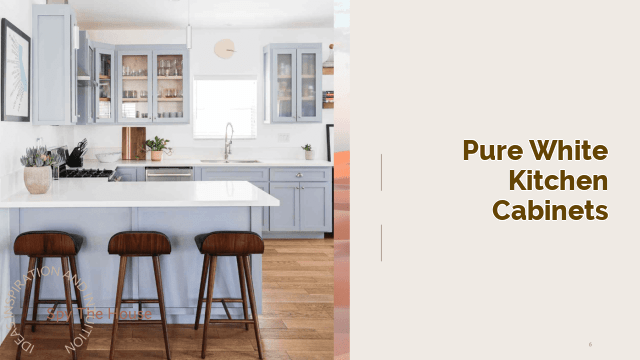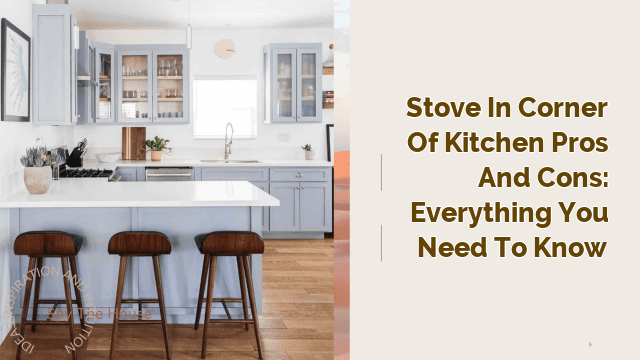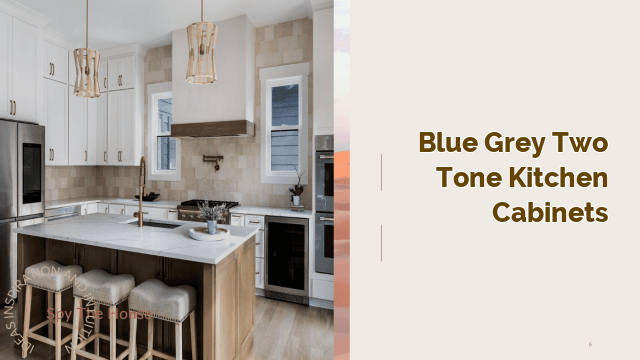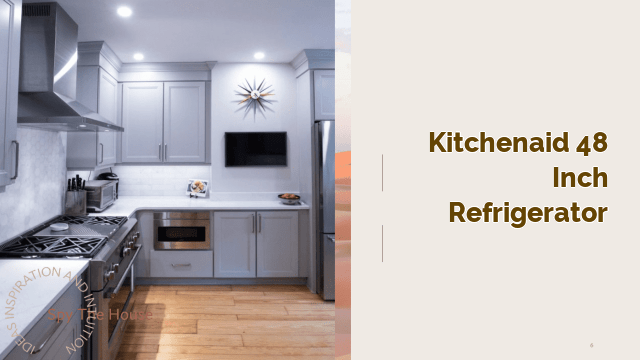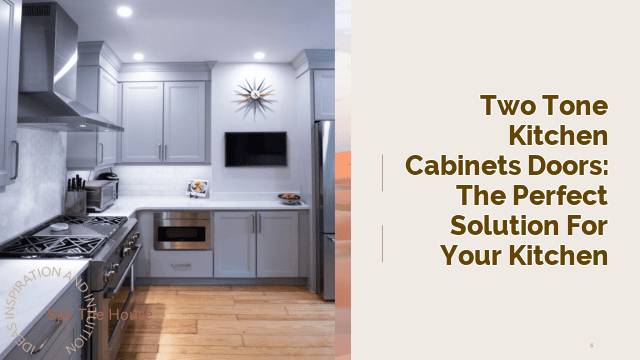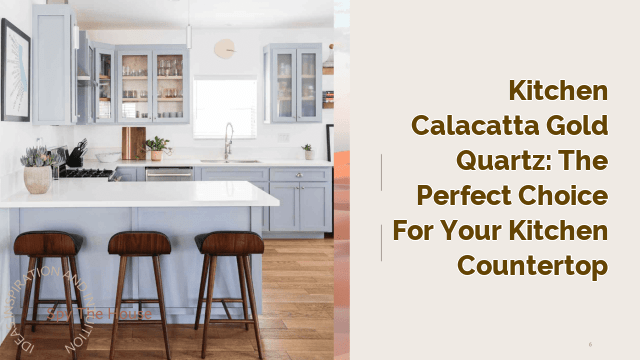Water Damage Kitchen Cabinets: Causes, Prevention, and Restoration
Water damage kitchen cabinets are a common problem in many homes. They can be caused by various factors such as leaking pipes, floods, and high humidity levels. The damage can range from discoloration and warping to complete destruction of the cabinets. In this article, we will discuss the causes of water damage to kitchen cabinets, how to prevent it, and the steps to restore them.
What is Water Damage to Kitchen Cabinets?
Water damage to kitchen cabinets occurs when the wood or other materials used to construct them become wet. This can happen due to a variety of reasons, such as:
- Leaking pipes or appliances
- Exposure to high humidity levels
- Flooding
- Spills that are not cleaned up properly
When water seeps into the cabinets, it can cause the wood to swell, warp, or even rot. This can lead to discoloration, bubbling, and peeling of the finish. In severe cases, the cabinets may even become structurally unsound and need to be replaced.
Causes of Water Damage to Kitchen Cabinets
There are several causes of water damage to kitchen cabinets. Some of the most common ones are:
Leaking Pipes or Appliances
One of the most common causes of water damage to kitchen cabinets is leaking pipes or appliances. This can happen due to a variety of reasons, such as wear and tear, corrosion, or improper installation. When pipes or appliances leak, water can seep into the cabinets and cause damage over time.
Exposure to High Humidity Levels
Another cause of water damage to kitchen cabinets is exposure to high humidity levels. This can happen in areas with poor ventilation or high moisture content, such as near a dishwasher or sink. When the humidity level is high, it can cause the wood to swell and warp, leading to damage.
Flooding
Flooding is another common cause of water damage to kitchen cabinets. This can happen due to natural disasters such as hurricanes or heavy rainfall, or due to plumbing issues such as clogged drains or sewer backups. When flooding occurs, the water can seep into the cabinets and cause damage.
Preventing Water Damage to Kitchen Cabinets
Preventing water damage to kitchen cabinets is essential to maintain their longevity and prevent costly repairs or replacements. Some of the best ways to prevent water damage to kitchen cabinets are:
Inspecting Pipes and Appliances Regularly
Regular inspections of pipes and appliances can help identify any leaks or potential issues before they cause damage to the cabinets. It is recommended to inspect pipes and appliances at least once a year to ensure they are in good condition.
Keeping the Kitchen Well-Ventilated
Keeping the kitchen well-ventilated can help reduce the humidity levels and prevent water damage to cabinets. This can be achieved by installing exhaust fans or opening windows to allow air to circulate.
Cleaning Up Spills Immediately
Cleaning up spills immediately can prevent water from seeping into the cabinets and causing damage. It is important to wipe up any spills as soon as they occur and ensure the area is completely dry.
Using Water-Resistant Materials
Using water-resistant materials for cabinets can help prevent water damage. Materials such as PVC, vinyl, or stainless steel are less susceptible to water damage and can be a good alternative to wood.
Restoring Water-Damaged Kitchen Cabinets
Restoring water-damaged kitchen cabinets can be a daunting task, but it is possible with the right tools and techniques. The restoration process typically involves the following steps:
Assessing the Damage
The first step in restoring water-damaged kitchen cabinets is to assess the extent of the damage. This can help determine the best course of action and the materials needed for the restoration.
Drying Out the Cabinets
Once the damage has been assessed, the next step is to dry out the cabinets. This can be done by using a dehumidifier, fans, or opening windows to allow air to circulate. It is important to ensure that the cabinets are completely dry before proceeding to the next step.
Sanding and Refinishing the Cabinets
After the cabinets have been dried out, they may need to be sanded and refinished. This can help remove any discoloration or warping caused by the water damage. It is important to use a high-quality wood filler and finish to ensure the cabinets look as good as new.
Replacing Damaged Cabinets or Parts
In some cases, the damage may be too severe to restore the cabinets. In such cases, it may be necessary to replace the damaged cabinets or parts. This can be a costly option, but it may be necessary to maintain the overall integrity of the kitchen.
People Also Ask (FAQs)
Q: Can water damage to kitchen cabinets be prevented?
A: Yes, water damage to kitchen cabinets can be prevented by inspecting pipes and appliances regularly, keeping the kitchen well-ventilated, cleaning up spills immediately, and using water-resistant materials.
Q: How can I tell if my kitchen cabinets have water damage?
A: Signs of water damage to kitchen cabinets include discoloration, warping, bubbling, and peeling of the finish. In severe cases, the cabinets may even become structurally unsound.
Q: Can water-damaged kitchen cabinets be restored?
A: Yes, water-damaged kitchen cabinets can be restored by assessing the damage, drying out the cabinets, sanding and refinishing them, and replacing damaged cabinets or parts if necessary.
Q: How much does it cost to restore water-damaged kitchen cabinets?
A: The cost of restoring water-damaged kitchen cabinets depends on the extent of the damage and the materials needed for the restoration. It is recommended to get a professional assessment to get an accurate estimate.

